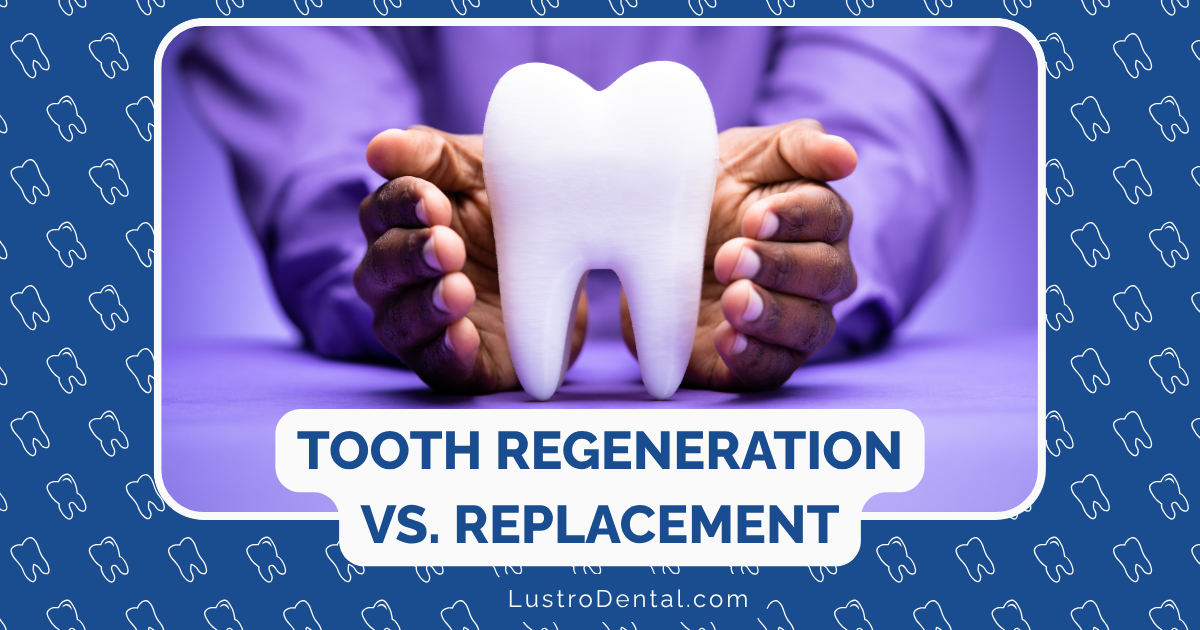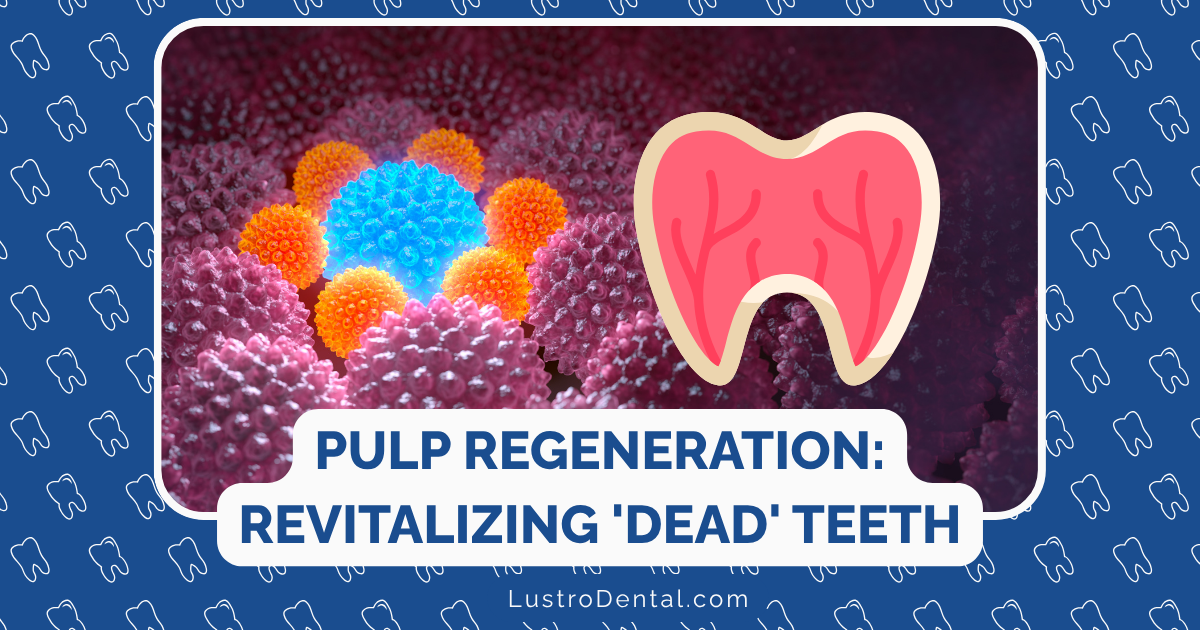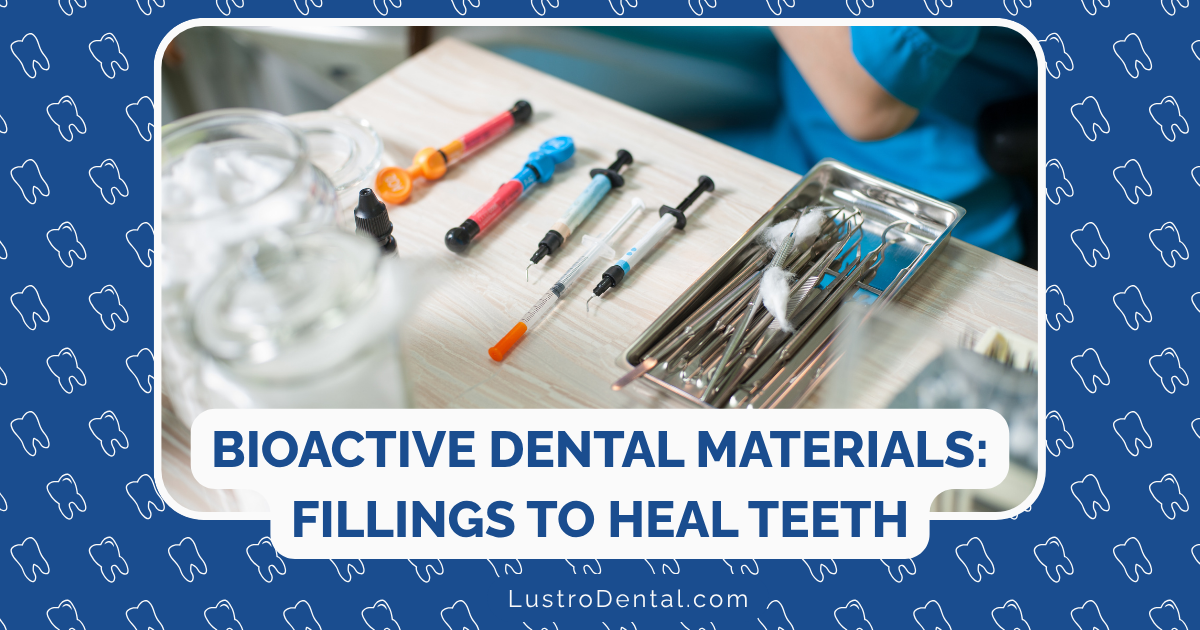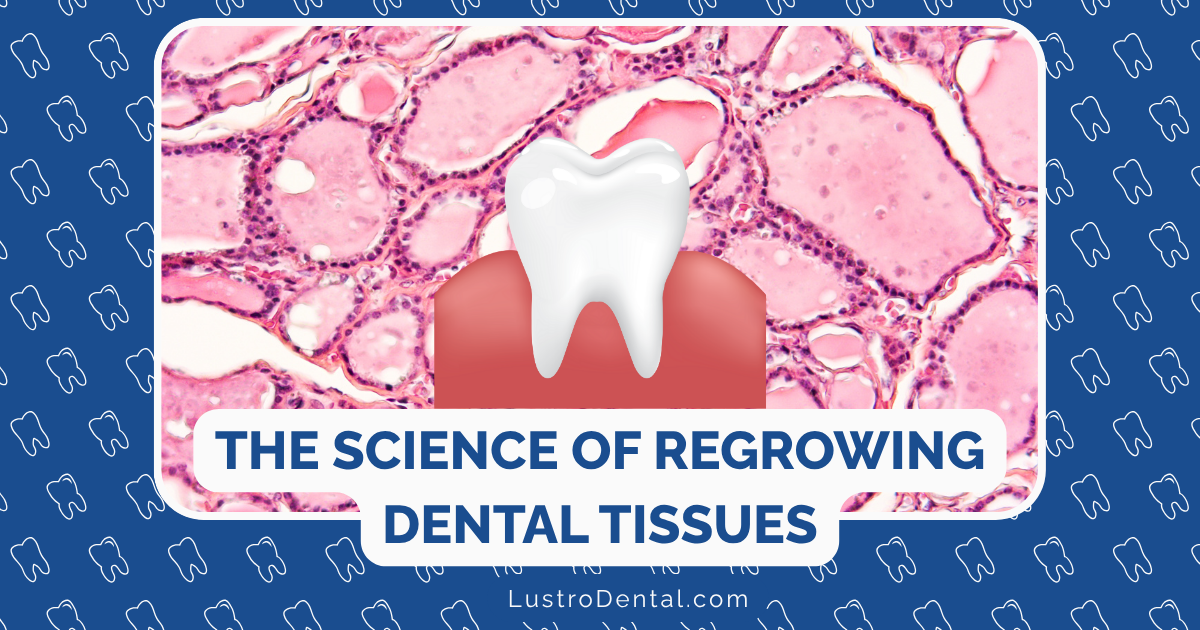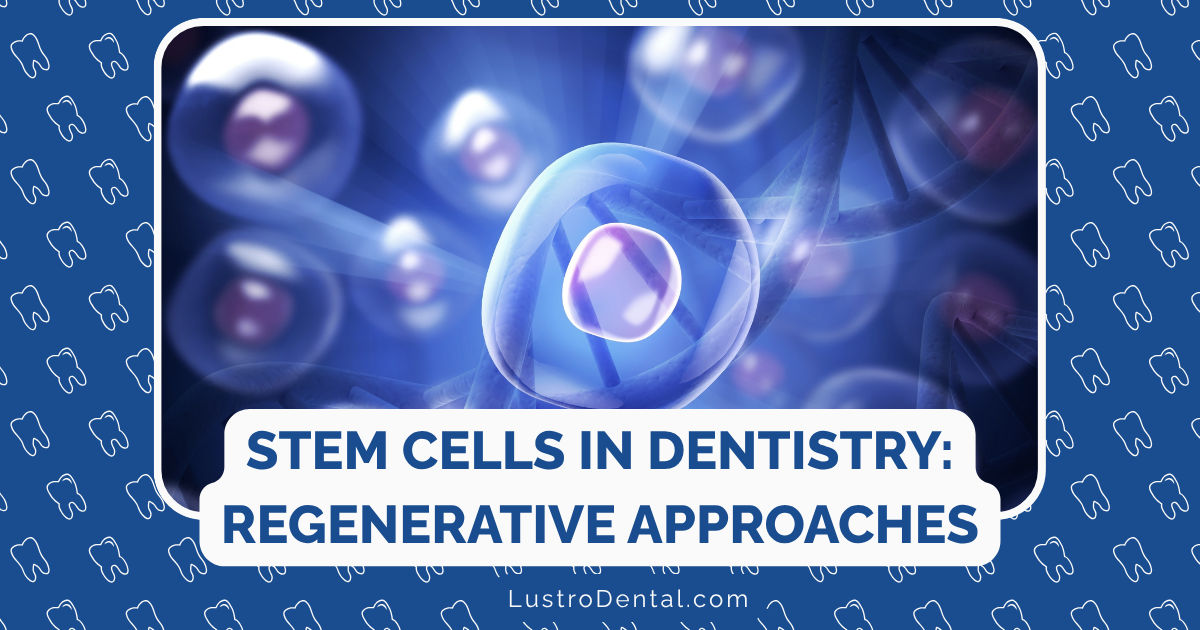AI-Assisted Diagnosis: How Artificial Intelligence Is Improving Dental Care
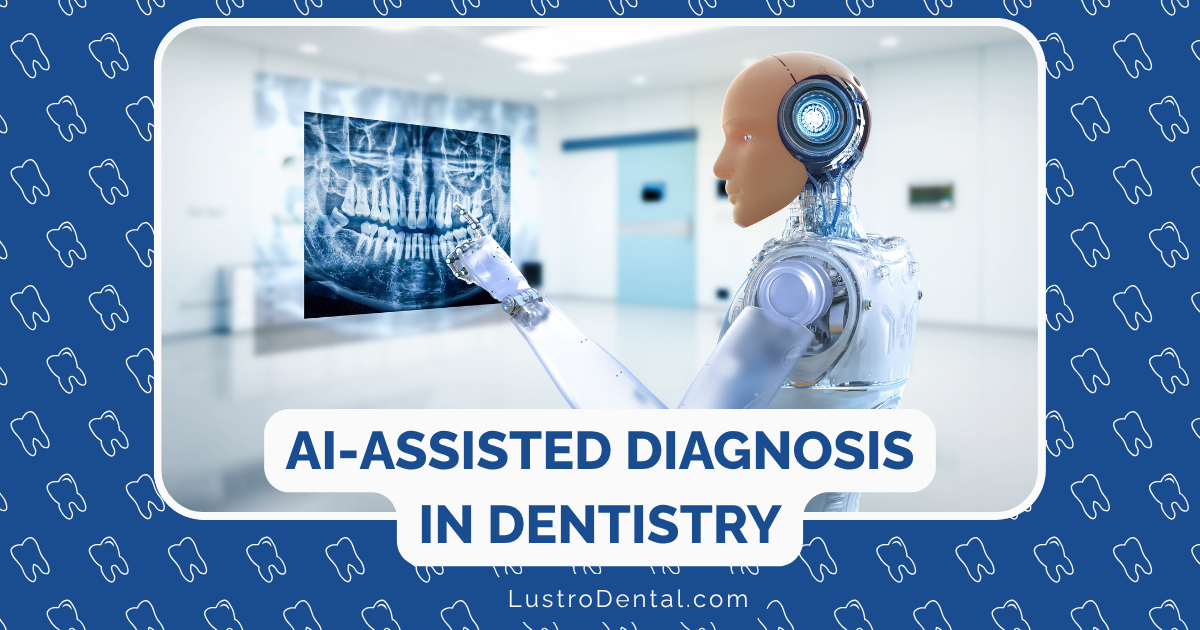
In an era where technology continues to reshape healthcare, dentistry is experiencing its own digital revolution. Artificial intelligence (AI) is no longer just a concept from science fiction—it’s becoming an integral part of modern dental practices, enhancing diagnostic capabilities, treatment planning, and patient care. This technological evolution is particularly transformative in the realm of dental diagnostics, where AI’s pattern recognition abilities are proving invaluable in detecting conditions earlier and with greater accuracy than ever before.
Understanding AI in Dental Context
Before diving into specific applications, it’s helpful to understand what we mean by “artificial intelligence” in dentistry. At its core, AI refers to computer systems designed to perform tasks that typically require human intelligence. In dental applications, this primarily involves:
- Machine Learning (ML): Systems that learn from data and improve over time
- Computer Vision: Technology that analyzes and interprets visual information from radiographs and intraoral images
- Natural Language Processing (NLP): AI that interprets and generates human language, useful in patient records and communications
Dr. Linda Chen, Director of Digital Dentistry at the American Dental Association’s Center for Dental Innovation, explains: “AI in dentistry isn’t about replacing dentists—it’s about augmenting their capabilities. These systems can process thousands of images and identify patterns that might be missed by even the most experienced practitioner, especially when fatigue is a factor.”
Transforming Radiographic Analysis
Perhaps the most mature application of AI in dental diagnosis involves radiographic image analysis. Traditional radiograph interpretation relies heavily on the dentist’s training and experience, introducing an element of subjectivity and potential for human error.
Caries Detection
Dental caries (cavities) remain one of the most common chronic diseases worldwide. AI systems have demonstrated remarkable capabilities in identifying early carious lesions that might be overlooked during visual examination.
A 2023 study published in the Journal of Dental Research found that AI algorithms could detect early interproximal caries with 91% accuracy compared to 76% for experienced dentists. The system was particularly effective at identifying subtle demineralization that hadn’t yet progressed to frank cavitation—a critical window for preventive intervention.
Periodontal Disease Assessment
Periodontal disease diagnosis traditionally involves time-consuming manual measurements of pocket depths and assessment of bone loss on radiographs. AI systems can now:
- Automatically measure bone levels on radiographs
- Identify patterns of bone loss consistent with periodontal disease
- Track changes over time with mathematical precision
- Classify disease severity based on multiple parameters
Research from the Journal of Clinical Periodontology demonstrated that AI-assisted diagnosis could reduce assessment time by 62% while maintaining diagnostic accuracy comparable to periodontal specialists.
Identifying Pathology
Beyond common dental conditions, AI is proving exceptionally valuable in identifying less frequent but potentially serious pathologies:
- Periapical lesions: AI can detect and measure subtle changes in periapical bone density
- Cysts and tumors: Early identification of abnormal radiolucencies and radiopacities
- Maxillary sinus abnormalities: Detection of mucosal thickening, polyps, or other sinus pathologies
- Calcifications: Identification of calcified carotid atherosclerotic plaques and other soft tissue calcifications
A particularly promising application involves oral cancer detection. The International Journal of Oral Science published findings showing that AI algorithms could identify suspicious lesions on panoramic radiographs with 95% sensitivity, potentially enabling earlier intervention for this life-threatening condition.
Enhancing Clinical Decision-Making
Beyond pure diagnosis, AI is transforming how dentists approach treatment planning and clinical decision-making.
Treatment Outcome Prediction
By analyzing thousands of similar cases and their outcomes, AI can help predict the success rate of different treatment approaches for a specific patient. This capability is particularly valuable for:
- Endodontic treatment: Predicting success rates for root canal therapy based on tooth type, canal anatomy, and periapical status
- Implant placement: Analyzing bone density, volume, and patient factors to predict implant integration
- Orthodontic therapy: Forecasting tooth movement and treatment duration based on patient-specific factors
Dr. Robert Johnson, an endodontist who integrates AI into his practice, notes: “Having AI-generated success probability estimates helps both in treatment planning and in patient communication. I can show patients the data behind my recommendations, which builds trust and improves treatment acceptance.”
Risk Assessment and Prevention
Preventive dentistry benefits significantly from AI’s predictive capabilities. By analyzing patient data, oral conditions, and historical patterns, AI can:
- Generate caries risk profiles based on multiple factors
- Predict periodontal disease progression
- Identify patients at higher risk for complications
- Recommend personalized preventive protocols
The Journal of Dental Research published a study demonstrating that AI-based caries risk assessment was 82% accurate in predicting new carious lesions within 18 months, outperforming traditional risk assessment methods by a significant margin.
Real-World Implementation and Patient Benefits
The practical implementation of AI in dental practices is accelerating, with several FDA-cleared systems now available for clinical use. These range from specialized applications focusing on specific diagnoses to comprehensive platforms that integrate multiple AI capabilities.
Improved Diagnostic Accuracy
Perhaps the most immediate benefit for patients is improved diagnostic accuracy. A systematic review published in Scientific Reports analyzed 12 studies comparing AI to human dentists in radiographic diagnosis. The review found that AI systems demonstrated equal or superior performance in 10 of the 12 studies, with particular advantages in:
- Detecting early interproximal caries
- Identifying vertical root fractures
- Recognizing periapical pathology
- Measuring periodontal bone loss
This improved accuracy translates to earlier intervention, more conservative treatment approaches, and better long-term outcomes.
Enhanced Patient Communication
AI tools are also transforming how dentists communicate with patients about their oral health. Visual aids generated by AI can help patients understand:
- The progression of their condition
- The rationale behind treatment recommendations
- Potential outcomes with and without intervention
- Comparative success rates of different approaches
Sarah Miller, a dental patient in Boston, shares her experience: “When my dentist showed me the AI analysis of my x-rays with the cavity highlighted and explained how it had caught it at a very early stage, I could actually see what she was talking about. It made me feel more confident in the diagnosis and motivated to get the treatment.”
Democratizing Expertise
One of the most profound impacts of AI in dental diagnosis is its potential to democratize expertise, particularly in underserved areas. AI systems can provide diagnostic support in settings where specialist consultation might be limited or unavailable.
Dr. Maria Gonzalez, who practices in a rural community health center, explains: “Having AI assistance gives me a second opinion on complex cases. For our patients, many of whom would face significant barriers to seeing specialists, this means they can receive more accurate diagnoses without the need to travel long distances or wait months for a consultation.”
Challenges and Limitations
Despite its promising applications, AI in dental diagnosis isn’t without challenges and limitations that must be acknowledged.
Data Quality and Bias
AI systems are only as good as the data they’re trained on. Current challenges include:
- Limited diversity in training datasets: Many systems are trained primarily on data from specific populations, potentially limiting their effectiveness across diverse patient groups
- Standardization issues: Variations in image acquisition techniques can affect AI performance
- Rare condition representation: Uncommon conditions may be underrepresented in training data
The Journal of Dental Research highlighted the importance of developing inclusive datasets that represent diverse populations to ensure AI systems perform equitably across all patient demographics.
Integration with Existing Workflows
For AI to be truly effective, it must integrate seamlessly into dental practice workflows. Current challenges include:
- Compatibility with existing practice management software
- Learning curves for dental professionals
- Time required for implementation and training
- Cost considerations, particularly for smaller practices
Regulatory and Ethical Considerations
As with any healthcare technology, AI in dentistry faces regulatory scrutiny and ethical questions:
- Regulatory approval: The pathway for FDA clearance of dental AI systems continues to evolve
- Liability concerns: Questions about responsibility when AI contributes to diagnostic decisions
- Privacy and data security: Ensuring patient information used by AI systems remains protected
- Transparency: The “black box” nature of some AI algorithms raises questions about explainability
The American Dental Association has established a task force on AI in dentistry to develop guidelines and standards addressing these concerns, emphasizing that AI should augment rather than replace professional judgment.
The Future of AI in Dental Diagnosis
The field of AI-assisted dental diagnosis continues to evolve rapidly, with several emerging trends likely to shape its future:
Integration of Multiple Data Sources
Next-generation AI systems will likely integrate data from multiple sources beyond radiographs:
- Intraoral scans and 3D imaging
- Digital photographs
- Patient medical and dental histories
- Genetic information
- Salivary biomarkers
This comprehensive approach will provide a more holistic view of patient health, enabling more personalized and precise diagnoses.
Real-Time Diagnostic Support
Future AI systems may provide real-time diagnostic support during patient examinations:
- Augmented reality overlays highlighting areas of concern during visual examination
- Immediate analysis of newly captured images
- Dynamic risk assessment based on findings during the appointment
Patient-Facing Applications
AI is also likely to expand into patient-facing applications:
- Smartphone-based screening tools for common dental conditions
- AI chatbots providing preliminary assessment and triage
- Personalized oral health monitoring and recommendations
Dr. James Wilson, a researcher at the Dental AI Council, predicts: “Within five years, we’ll likely see patients using AI-powered apps to monitor their oral health between dental visits, with these apps communicating directly with their dentist’s systems to flag potential concerns early.”
Conclusion: A New Era of Dental Diagnostics
AI-assisted diagnosis represents a transformative advancement in dental care—one that enhances the dentist’s diagnostic capabilities without replacing the essential human elements of care. By detecting conditions earlier, improving accuracy, and enabling more personalized treatment planning, these technologies have the potential to significantly improve patient outcomes.
As with any technological revolution, the integration of AI into dental practice will require thoughtful implementation, ongoing education, and careful attention to ethical considerations. However, the potential benefits—more accurate diagnoses, earlier interventions, and improved patient understanding—make this a promising frontier in dental care.
For patients, the message is clear: AI isn’t replacing your dentist but rather giving them powerful new tools to provide better care. The combination of human expertise and artificial intelligence offers the best of both worlds—the compassion and judgment of an experienced professional enhanced by the pattern recognition and data processing capabilities of advanced technology.
What are your thoughts on AI in dental care? Would you feel confident in AI-assisted diagnosis? Share your perspective in the comments below!


